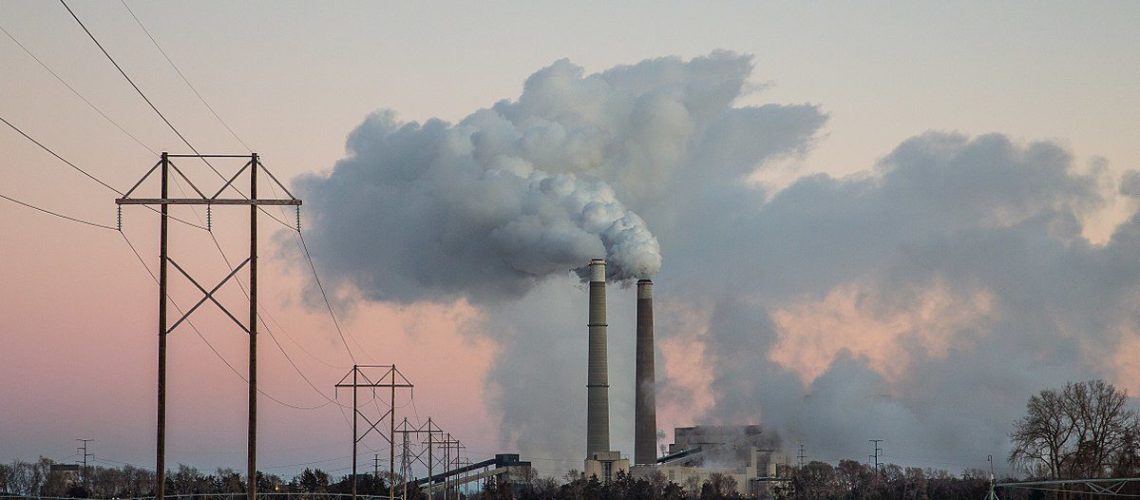Northern Indiana Public Service Company announced that it will be delaying the retirement of two of it’s coal-fired generating facilities until 2025, due to the uncertainty and delays brought to the solar panel market by DOC’ investigation into solar cell and module manufacturers in four southeast Asian Countries.
Northern Indiana Public Service Company (NIPSCO) announced in its first quarter 2022 financial results that, due to the uncertainty and delays brought to the solar panel market by the Department of Commerce’s (DOC) investigation into solar cell and module manufacturers in four southeast Asian Countries, it will be delaying the closure of two coal generation plants from 2023 to 2025.
BREAKING: NIPSCO announced today that it is delaying coal plant retirements scheduled in 2023 until 2025 due to the chaos that the Commerce investigation on solar tariffs, which has delayed completion of many of its solar projects in Indiana.
— Ben Inskeep (@Ben_Inskeep) May 4, 2022
According to NIPSCO, most solar projects that the utility originally scheduled for completion in 2022 and 2023 will experience delays of approximately 6 to 18 months. The utility still anticipates to retire all coal-fired generation by 2026-2028, including the Michigan City Generating Station, with that facility’s retirement schedule being so far unchanged by the investigation. NIPSCO also shares that it is is on track to achieve its environmental goals, including an 90% reduction in scope 1 greenhouse gas emissions, relative to 2005 levels, by 2030, and a 50% reduction from 2005 levels in methane emissions from gas mains and services by 2025.
Indiana was one of 13 states in the Solar Energy industries Association’s most recent publication of its anti-circumvention investigation impact survey to have 100% of respondents share that they were experiencing delayed or canceled module supply. It also joined Idaho as the two states to have respondents report that 100% of the state’s development pipeline has been delayed by the DOC investigation.
Those who responded to SEIA’s survey with specific project data outlined that, so far, 3.6 GW of solar projects have been delayed or canceled as a direct result of the investigation, the fourth-most of any state in the country. According to SEIA data, every GW of cancelled projects represents roughly $1 billion in investment at risk. As of the end of 2021, SEIA projected Indiana to add 6.7 GW of solar over the next 5 years, meaning that over half of that pipeline is already in jeopardy.
In total, NIPSCO’s project uncertainties represent roughly $2 billion in delayed investment, and the only real certainty of the situation is that customers’ bills will be going up in the near future.
The solar projects were going to drive huge cost savings to customers. Now NIPSCO customers will have higher bills due to expensive coal prices and the delayed coal plant retirements. Coal prices for Illinois Basin coal are up 250%. pic.twitter.com/zvinf8byiG
— Ben Inskeep (@Ben_Inskeep) May 4, 2022
Across the US as a whole, 42% of the known utility scale solar development pipeline has been disrupted, meaning that it is increasingly likely that other utilities will have to look to alternative sources to meet the generation needs that were supposed to be fulfilled by now-delayed solar installations.



